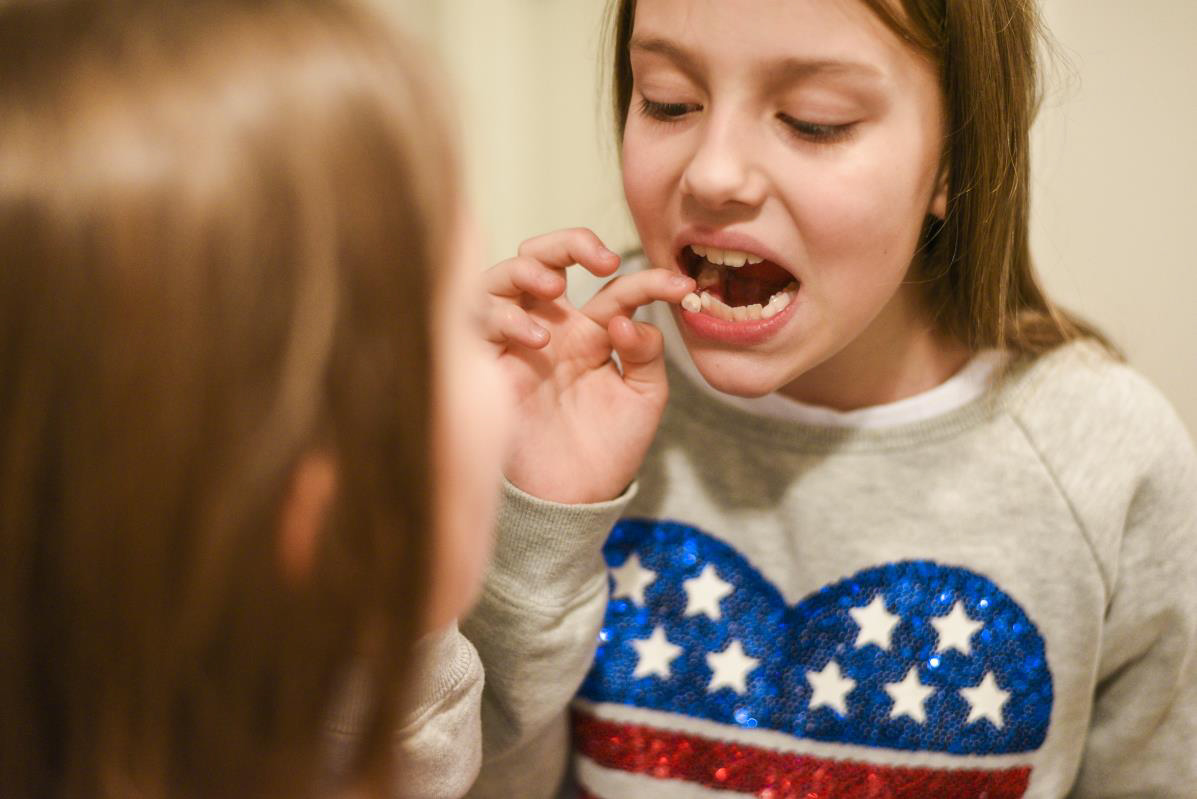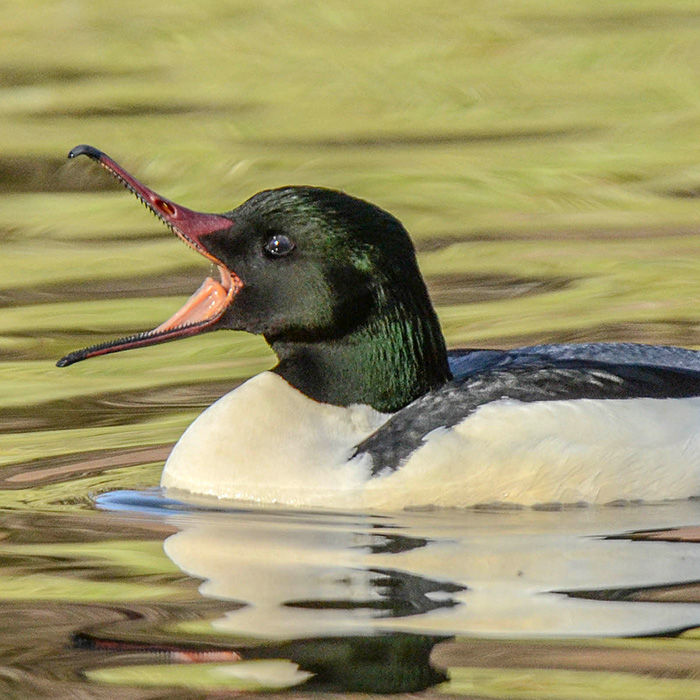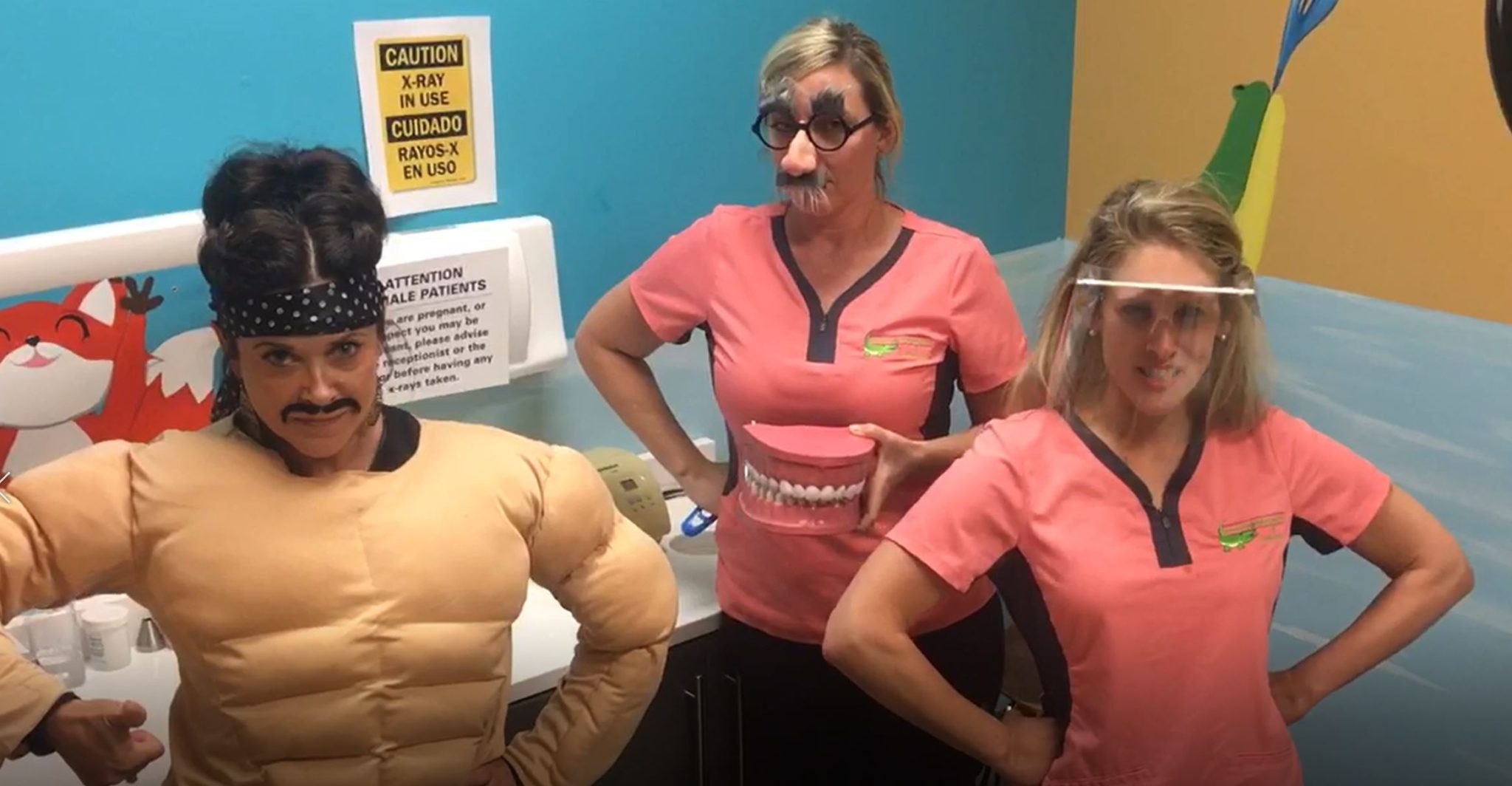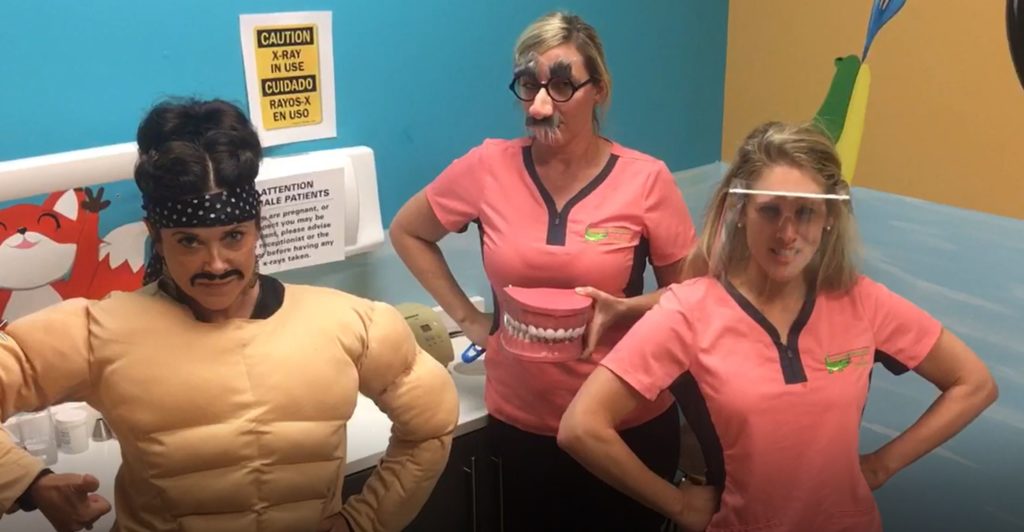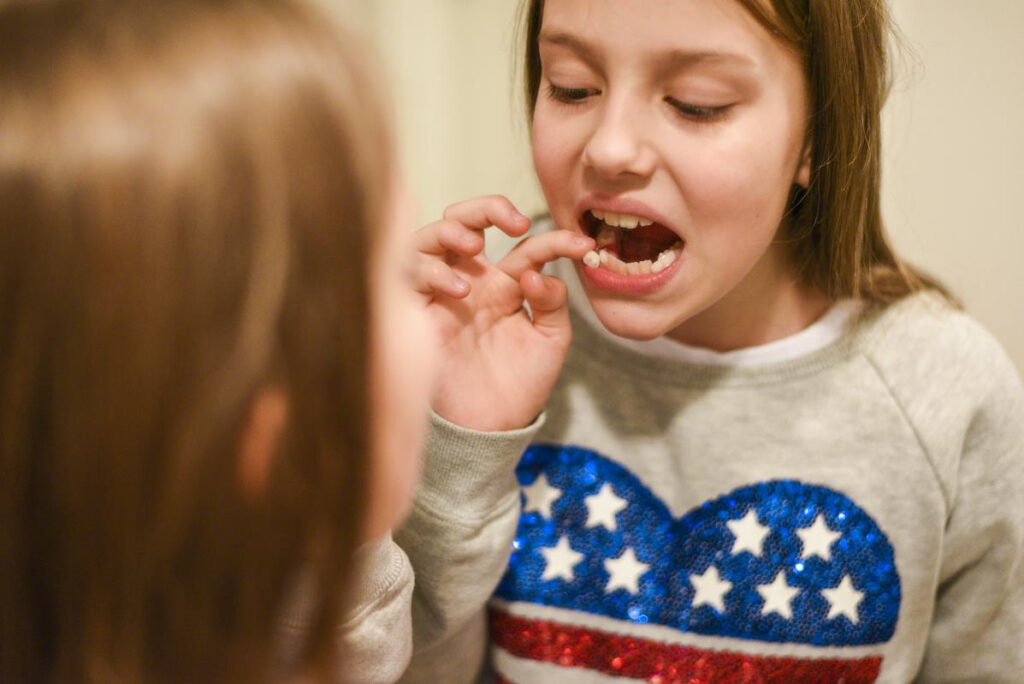
Nobody seems to have a distinct idea of what the Tooth Fairy actually looks like, but, regardless of her – or maybe his – appearance, for more than a century, he or she has helped make losing a baby tooth a less painful proposition for children throughout the world. Here in the United States, according to the results of a recent national survey, when American children go to sleep with a tooth placed carefully under their pillow, they wake up the next morning with an average of
$3.70 in its place. However, before that tooth can turn a profit, it has to come out of the child’s mouth, and, sometimes, that can be a problem, according to Rory Nathanson, a dental hygienist with Summerville Pediatric Dentistry & Orthodontics. Of course, a loose tooth is a common occurrence for young kids, Nathanson points out. The 20 baby teeth begin to emerge at the age of 6 months, and they usually start giving way to adult incisors, canines, bicuspids and molars between the ages of 5 and 8. She says once a tooth starts to wiggle, it’s best to let children continue to loosen it with their finger or tongue until it falls out on its own. “It shouldn’t be a scary thing,” Nathanson says. “Hard food like an apple or raw vegetables will help, and there’s no danger of swallowing the tooth because it’s so small.”
In most cases, a baby tooth is loose because an adult tooth is trying to emerge and push it out of the way. However, there are situations when a loose tooth might require a visit to the dentist – for example, if it’s loose because of some type of trauma to the face or if the child seems to be too young to be losing his or her baby teeth. “If you are unsure, bring the child in. We can take a panoramic X-Ray and see if the child is missing an adult tooth, in which case, the baby tooth wouldn’t come out on its own. We can determine if the baby tooth is worth saving or if it should be pulled,” she says. She adds that it’s not all that uncommon for people to keep one or two baby teeth their entire life, as long as the teeth remain healthy. “If the baby tooth is compromised or has a cavity, we might determine that it needs to be pulled and then do some orthodontic work to close up the space,” she explains. “Baby teeth are typically smaller, with shorter roots, but it doesn’t cause a problem if you keep a couple of them.” Nathanson says that some kids are terrified of losing a tooth, though it’s a natural part of growing up. And, if they do have to pay a visit to Summerville Pediatric Dentistry & Orthodontics to have a tooth removed, they’ll be able to take it home with them and still have the opportunity to place it under their pillow at night and reap the financial benefit of a visit from that vague and undefined character – the tooth fairy.

